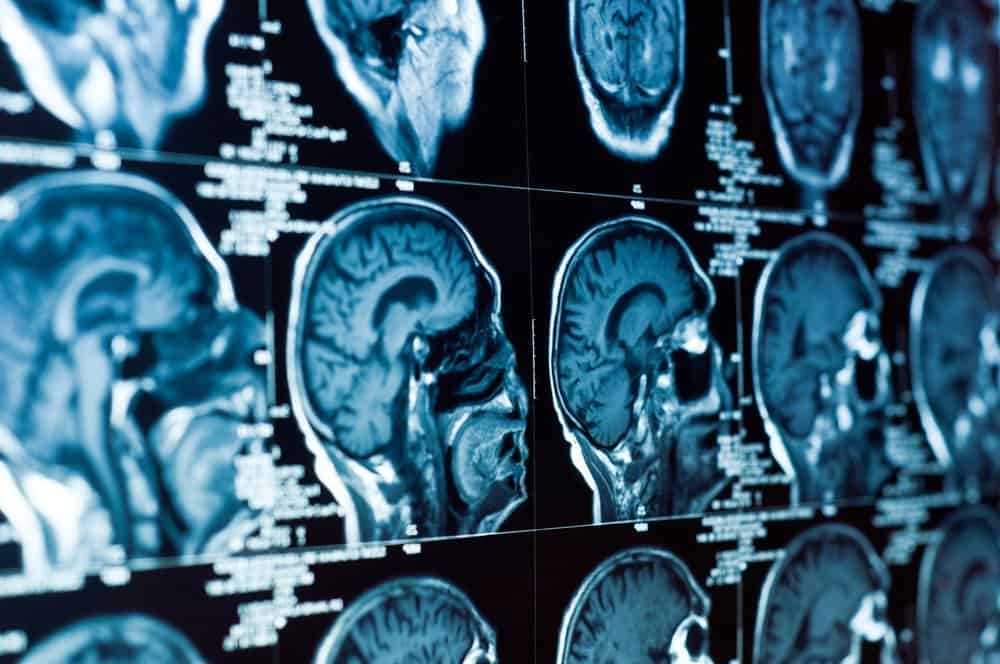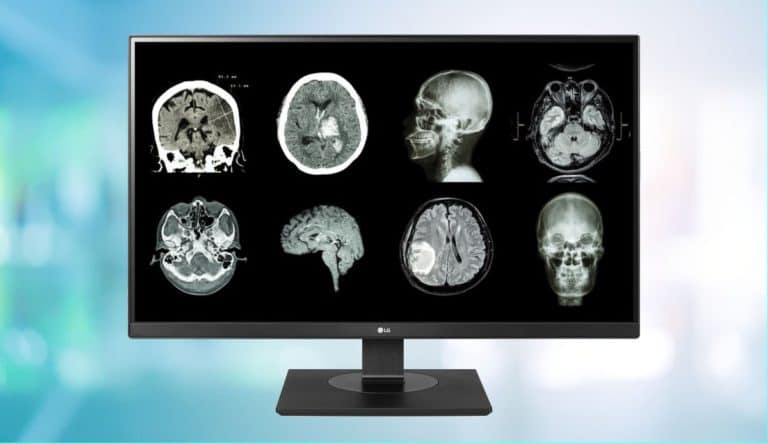As a graphic designer, you do not want to work on a cheap TN panel, but medical professionals are not even interested in a graphically calibrated LCD screen. What makes medical panels so special?
Colour calibration, clarity, a good viewing angle: professional screens or displays from mobile workstations already meet many standards. In some cases however, even a professional screen is not enough. Think of the medical sector. Doctors who have to analyse complex scans need clear and, above all, consistent screens. This created a niche of ultra-high-end displays that meet specific medical standards. What are the defining factors?
Brightness, contrast, consistency and extreme performance in specific colour domains, such as greyscale or the red spectrum, are the focus points of medical displays. The requirements of radiologists, for example, are so specific that customised displays are produced for them.
Brightness trumps clarity
Clarity is perhaps the most important differentiating factor. Medical screens should display scans and images as clearly as possible, making it easier for doctors to detect irregularities. In addition, a wide range of grey or red values is essential (depending on the purpose of the monitor). Details on an X-ray image disappear when a display does not show a sufficient difference between grey values. The same applies to coloured images, such as those taken during keyhole surgery, for example. Here, extreme colour accuracy in the red spectrum makes it easier for doctors to understand what they are looking at.
Brightness is perhaps the most important differentiating factor
All LCD panels lose quality as they age. The brightness slowly but surely deteriorates. Especially with ordinary commercial screens, the difference is noticeable over time. As said, this is unacceptable for medical displays, which are therefore being developed to a much higher standard.
Automatic adjustment
Manufacturers build the screens for a lifetime of several years and then ensure that the brightness remains constant during that period. In addition, there are displays with built-in calibration tools that automatically address drift in terms of brightness, but also in terms of colour reproduction over time. Again, all this is done in the name of consistency. When a doctor looks at an image on two screens of different ages, he must see the same image twice. Such automatic calibration is unique for high-end medical displays.

The doctor’s eyes are also taken into account. Cheaper screens use pulse width modulation (PWM) to adjust brightness. The backlit LEDs flicker at a very high speed that is not visible to the naked eye. However, PWM is tiring for the eyes. Medical displays are therefore free of PWM. Manufacturers market this feature under different names, such as LG’s Flicker Safe.
ISO and IP
Finally, hardware and housing also play a role. Medical screens are sometimes used in challenging environments, such as operating theatres, and must be able to withstand them. This means that on the one hand they have to have a good IP rating and on the other hand they have to be able to withstand a bit of impact. The panels of these screens are usually better protected, again to prevent accidental contact from affecting the accuracy of the displays.
The materials used are also often different: think of antibacterial housings that prevent the monitor from becoming a home for bacteria or viruses. In practice, the screens have plastic housings, which comply with the ISO22196 standard for microbe protection.
Medical monitors are more expensive than classic ones, but there is a good reason for that. Depending on where a monitor is used, the requirements are very specific. This does not mean that every room in a hospital should have the world’s most advanced screen. A healthy mix with the right technology, colour rendering, IP rating and brightness for every situation is essential.
